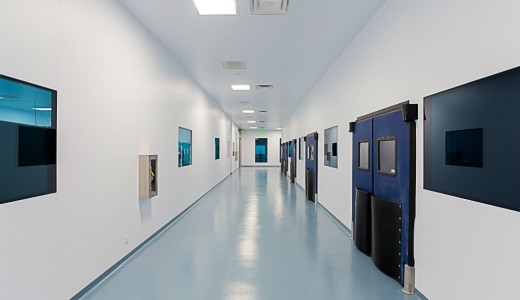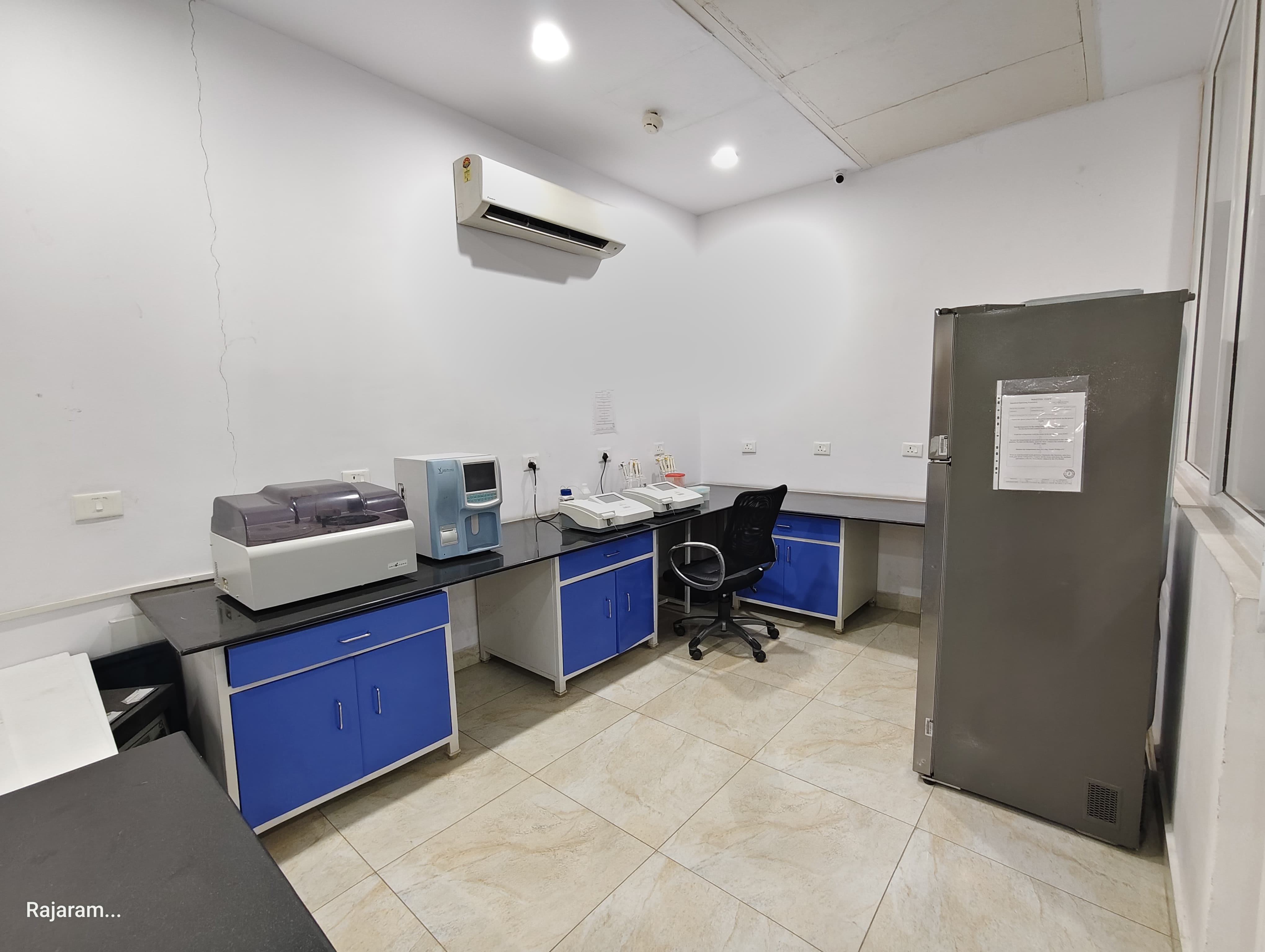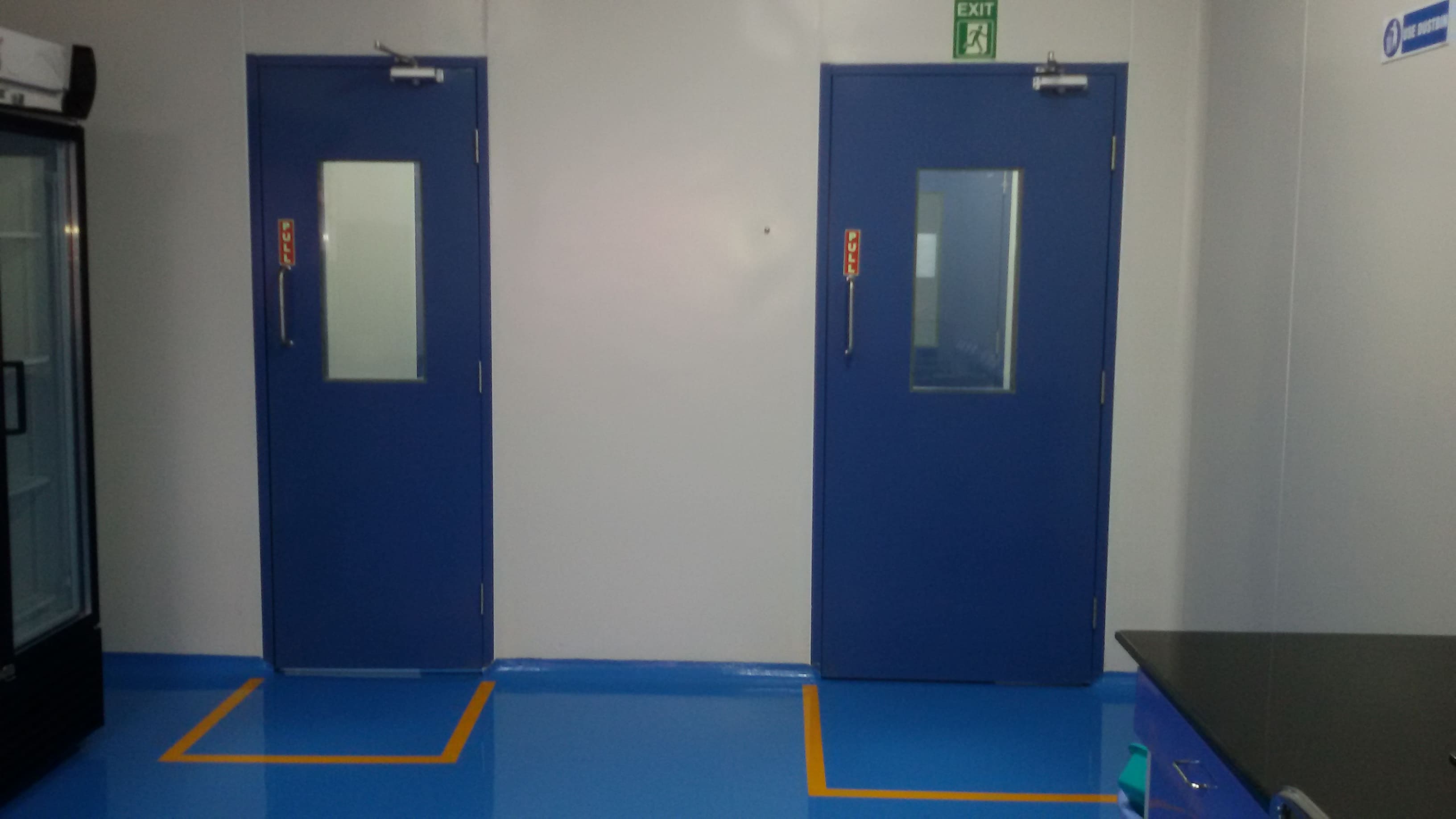At Bio Air Clean Technologies we are dedicated to produce clean rooms which provide a space of users that can build critical components and test products for performance, durability, etc. for a contamination free zone . Clean rooms area are of contamination free nature which simulate the working and producing environment or environments in which an item will be used. Clean Rooms play a major role in the Production, Manufacturing, Research and Development and education , for example, can have a clean room built that simulates the air pressure, temperatures, gravity levels, etc. that will be present in the environment . Inside this control environment, testing and production are much more efficient and accurate result oriented.
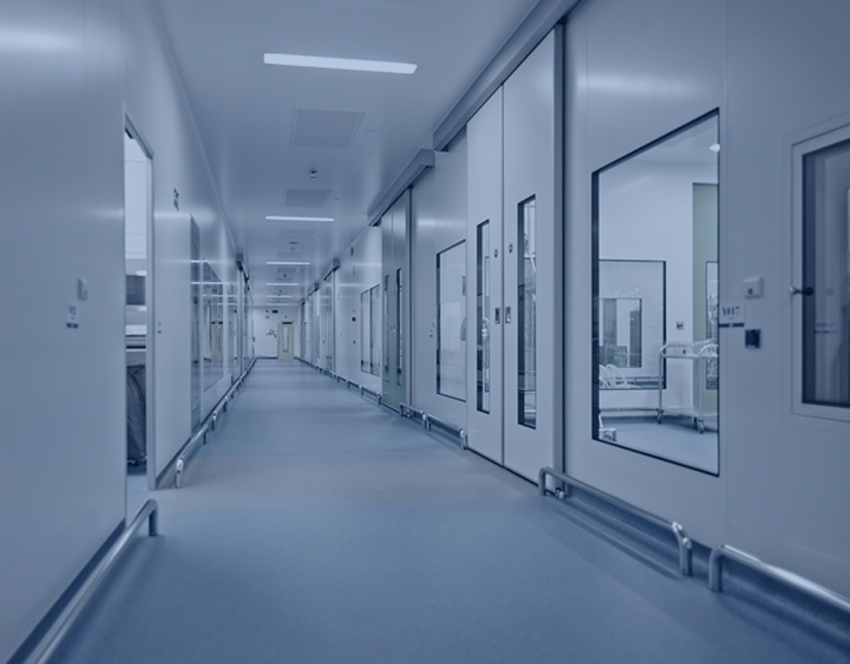
Clean rooms are essential to applications that rely on pristine air quality and particle elimination. These applications include: optics, aerospace, medical device, biotechnology, software engineering, pharmacological studies, and various medical research operations and products testing.
| ISO Class | Maximum Particles/m3 | Particles/ft3 | FS 209E Equivalent | |||||
|---|---|---|---|---|---|---|---|---|
| ≥ 0.1μm | ≥ 0.2μm | ≥ 0.3μm | ≥ 0.5μ | ≥ 1μm | ≥ 5μm | ≥ 0.5μm | ||
| ISO 1 | 10 | 2 | ||||||
| ISO 2 | 100 | 24 | 10 | 4 | ||||
| ISO 3 | 1,000 | 237 | 102 | 35 | 8 | 1 | Class 1 | |
| ISO 4 | 10,000 | 2,370 | 1,020 | 352 | 83 | 10 | Class 10 | |
| ISO 5 | 100,000 | 23,700 | 1020 | 3,520 | 832 | 29 | 100 | Class 100 |
| ISO 6 | 1,000,000 | 237,000 | 102,000 | 35,200 | 8,320 | 293 | 1,000 | Class 1,000 |
| ISO 7 | 352,000 | 83,200 | 2,930 | 10,000 | Class 10,000 | |||
| ISO 8 | 3,520,000 | 832,000 | 29,300 | 100,000 | Class 100,000 | |||
| ISO 9 | 35,200,000 | 8,320,000 | 293,000 | |||||
| ISO 14644-1 CLEAN ROOM STANDARDS AND THE FS 209E EQUIVALENT | ||||||||
** Old FS 209E classes were calculated in cubic feet of air, whereas ISO classes are in cubic meter of air.
When and How Clean Room started
Clean room technology is a complex invention; the need of clean room was felt in the year 1960 after the set back of many crucial research and development in various segments the first cleanroom was designed by American physicist Willis Whitfield, in 1960, as per the request of his employer, Sandia National Laboratories. Sandia was seeking to find a way subvert airborne contamination, particularly in the aerospace, biotechnology, microtechnology and medical industries. Leading up to this invention, workers in those industries working with small and sensitive devices had begun to find airborne contaminants, like dust, to be increasingly disruptive. While clean room-type spaces were available before Whitman’s cleanroom, they were unreliable, had unpredictable airflow, and were largely unable to sufficiently stop air contamination. Whitman’s clean room design ushered in a new age, allowing workers to consistently remove impurities with highly filtered air and otherwise strictly control their environment in which they worked. Today, clean room manufacturing is essential to the production of items
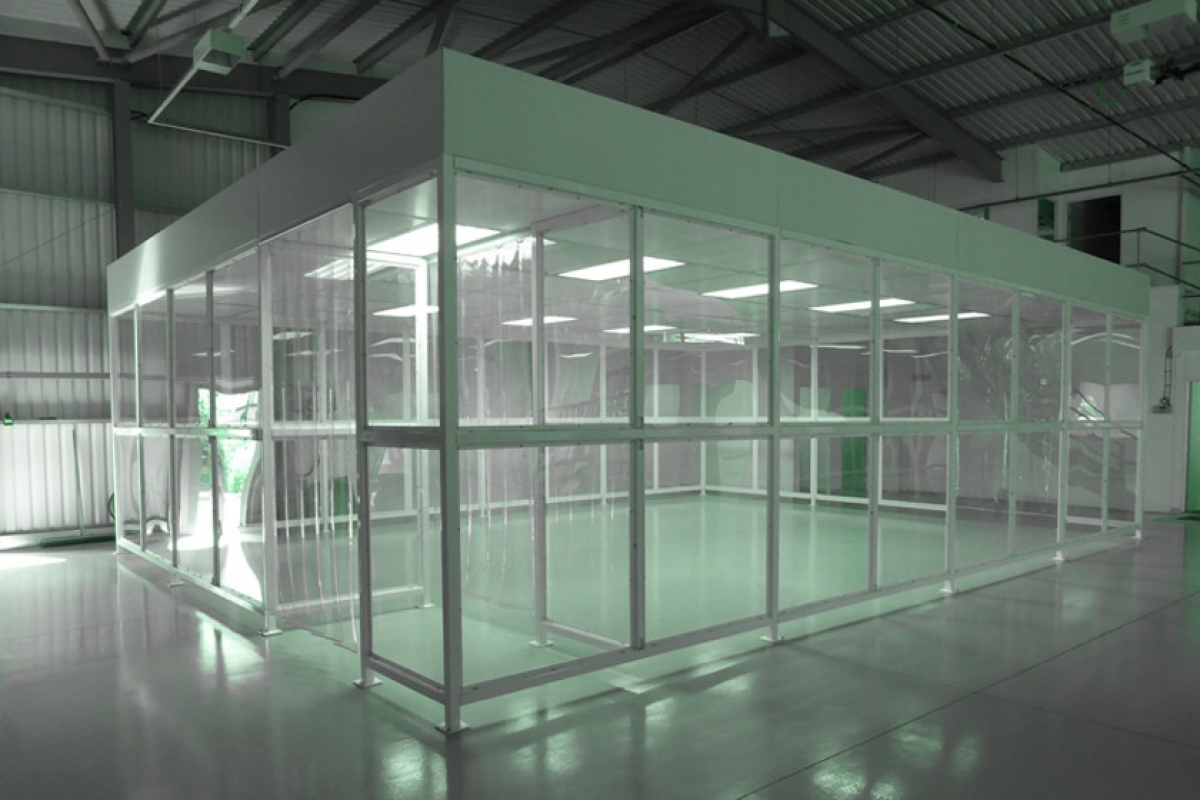
Clean Rooms Different Types
Softwall Cleanroom
Softwalls are the most economical type of modular cleanroom wall construction. Clear and flexible panels are mounted onto a robust, steel frame, enclosing the clean area. The PVC or Polysim™ panels overlap to ensure the walls of the softwall cleanroom are effective barriers when in position.
Softwall clean rooms cleanrooms with fabric walls. These fabric walls may either be made from free-hanging plastic strips or fabric stretched tightly over a frame.
To divide a softwall cleanroom, manufacturers include curtain dividers. These dividers must be made from a non-corrosive, non-fibrous material that does not generate static electricity, such as vinyl. Softwall cleanrooms are highly portable, and may be designed modularly more efficient assembly and disassembly. Softwall cleanrooms work well with applications that do not require extreme amounts of decontamination or the most strictly controlled environment. They can be used for more rigorous applications, but only with the assistance of supplementary cleanroom equipment, like air filters.
Advantages of softwall cabins:
- Individual planning and installation
- Easy integration of work surfaces, shelves, wet work stations, separately enclosed inspection workstations as well as airlocks for people and material
- Adaptation possibility for expansion of the production area
- Additional fan-filter modules can be installed easily
Hardwall Cleanroom
Hardwall cleanrooms have a strong support frame and panels. They are made from rigid materials, such as stainless steel, welded steel, acrylic, tempered glass, PVC, etc. They are more permanent than soft wall clean rooms. They too, though, are often made with modular construction. They offer excellent environmental and contamination control.
Advantages of hardwall cabins:
- Available in all purity classes
- Suitable for use in production areas with very narrow climate tolerances
- Precise examination of products or production processes possible
